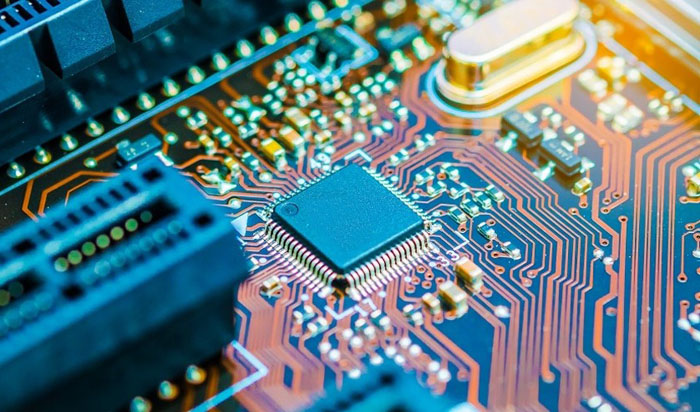- English
- Español
- Português
- русский
- Français
- 日本語
- Deutsch
- tiếng Việt
- Italiano
- Nederlands
- ภาษาไทย
- Polski
- 한국어
- Svenska
- magyar
- Malay
- বাংলা ভাষার
- Dansk
- Suomi
- हिन्दी
- Pilipino
- Türkçe
- Gaeilge
- العربية
- Indonesia
- Norsk
- تمل
- český
- ελληνικά
- український
- Javanese
- فارسی
- தமிழ்
- తెలుగు
- नेपाली
- Burmese
- български
- ລາວ
- Latine
- Қазақша
- Euskal
- Azərbaycan
- Slovenský jazyk
- Македонски
- Lietuvos
- Eesti Keel
- Română
- Slovenski
- मराठी
- Srpski језик
Embedded Radio Frequency (RF) Circuit Considerations in PCBA Design
2024-01-31
Special attention is required when embedded radio frequency (RF) circuits are involved in PCBA design, because RF circuits have some unique requirements for frequency, noise, interference, and circuit layout. Here are some key factors when considering embedded RF circuitry in PCBA design:

1. Frequency planning:
First, clearly define the operating frequency range of the RF circuit. Different RF applications may require different frequency designs, such as RF receivers, transmitters or antennas.
2. PCB material selection:
Choosing the appropriate PCB material is very important because different materials vary greatly in RF performance. Typically, materials with lower losses and lower dielectric constants, such as PTFE or FR-4, are often used in RF applications.
3. PCB level:
Considering the hierarchical structure of PCB, usually multi-layer PCB (such as 4-layer or 6-layer) is used for RF circuits to provide ground plane layer and power layer to reduce the loss of transmission lines.
4. RF connector:
Choose the appropriate RF connector, such as SMA, BNC, or Type-N, to ensure connection reliability and performance.
5. Transmission line design:
When designing and laying out transmission lines on the PCB, make sure they have proper impedance matching, length, and width to reduce signal loss and reflections.
6. Encapsulation and layout:
The packaging and layout of RF circuits need to consider minimizing signal transmission paths and reducing interference sources. Use techniques such as separation layers, RF shields, and ground plane layers to reduce crosstalk.
7. Power management:
RF circuits usually have high requirements on power supply stability and cleanliness. Use appropriate voltage regulators and power filters to reduce noise and interference.
8. Eliminate harmonics and spurious:
Ensure that RF circuits do not generate unwanted harmonics and spurious signals by controlling them through filtering and suppression techniques.
9. EMI and RFI suppression:
RF circuits often require measures to suppress electromagnetic interference (EMI) and radio frequency interference (RFI), including the use of shielding, filters, and grounding techniques.
10. Testing and calibration:
After the PCBA design is completed, the RF circuits are tested and calibrated to ensure they have correct performance within the operating frequency range.
11. Thermal management:
RF circuits may generate heat, so effective thermal management, including heat sinks and temperature monitoring, needs to be considered.
12. Safety and regulatory requirements:
Ensure that RF circuit designs comply with relevant electromagnetic compatibility (EMC) and radio frequency safety regulatory requirements.
When designing embedded RF circuits, electronic engineers, RF engineers, and PCB designers often need to work closely together to ensure the performance and reliability of the circuit.
In summary, taking these key factors into consideration will help achieve a successful embedded RF circuit design.
-
Delivery Service






-
Payment Options









